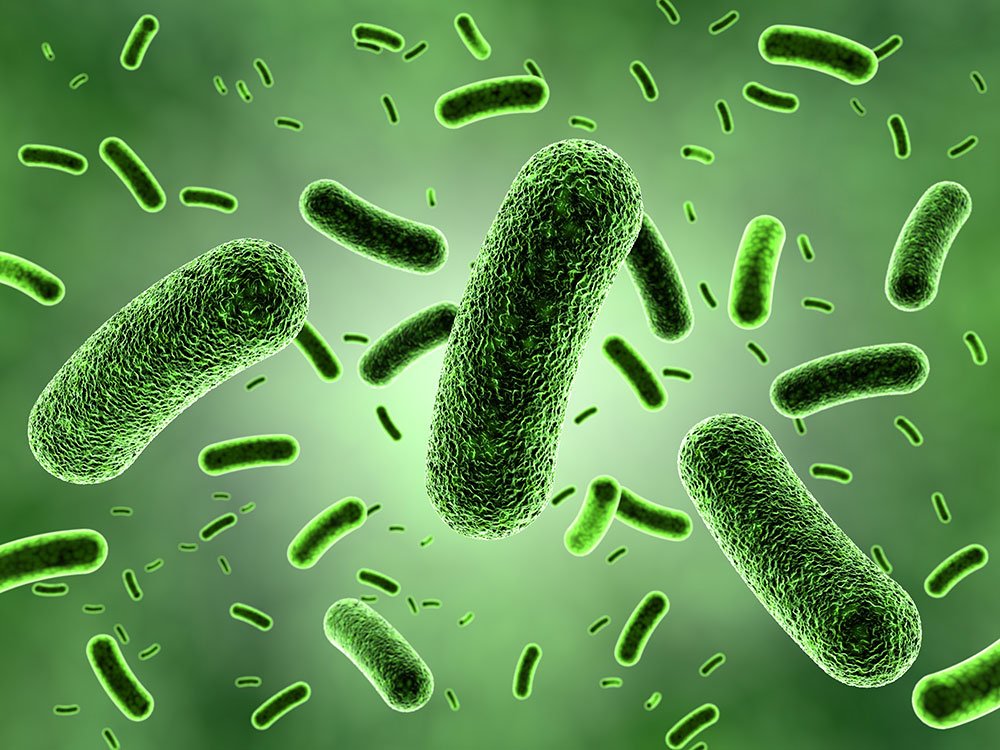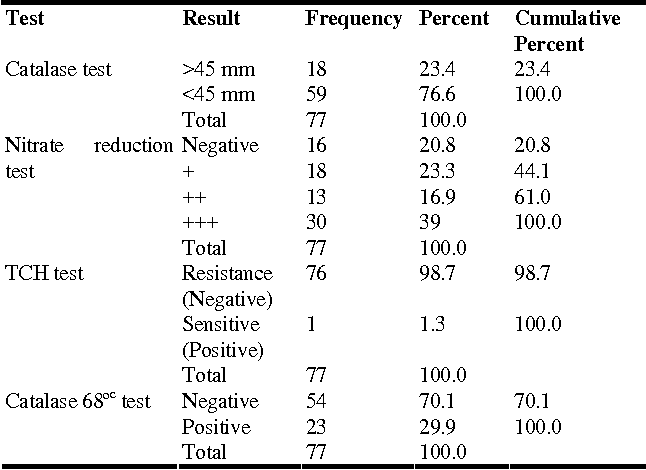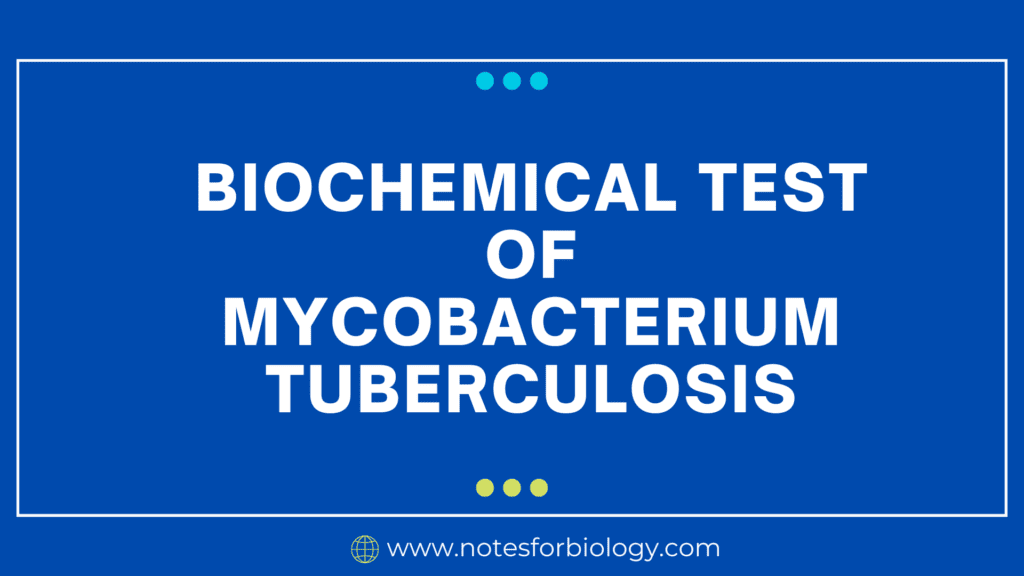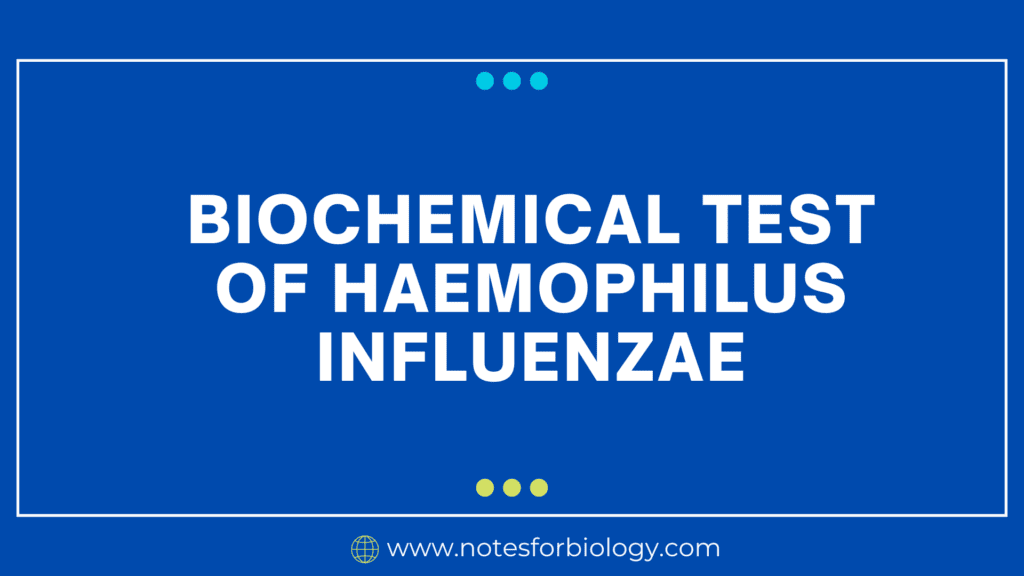Mycobacterium tuberculosis is pathogenic bacterium causes human tuberculosis (TB) .It is a distinct biochemical bacillus that reacts quickly to acid. A battery of tests is used to distinguish Mycobacterium tuberculosis from other mycobacteria and germs in order to identify it. The following is a summary of the essential biochemical tests and traits used to diagnose Mycobacterium tuberculosis:
Table of Contents
Mycobacterium tuberculosis

Acid-Fast Stain (Ziehl-Neelsen Stain)
- Acid-fast positive as a result.
- Even after decolorization with acid-alcohol, Mycobacterium tuberculosis preserves the primary stain (carbol fuchsin), showing as red rods against a blue background. Its cell wall’s high mycolic acid concentration is the cause of this. This test is a quick and affordable way to screen for tuberculosis. However, it is not exclusive to M. tuberculosis and may also test positive for other bacteria that ferment quickly.
Culture Characteristics
- Middlebrook 7H10/7H11 agar or Löwenstein-Jensen (LJ) medium is the medium.
- Colony Morphology: Rough, buff-colored colonies with a possible appearance time of two to six weeks.
Niacin Accumulation Test
- Concept: Niacin, or nicotinic acid, is produced by M. tuberculosis and builds up in the culture medium.
- Method: Use a colorimetric test to determine whether niacin is present in the medium after the bacteria have grown on LJ medium.
- Result: Positive (niacin is present as indicated by the yellow hue).
Nitrate Reduction Test
- Concept: Nitrate can be reduced to nitrite by M. tuberculosis.
- Method: Introduce the bacteria into the nitrate broth, let it sit for a while, then add the nitrate reagents and watch for a color shift.
- Positive outcome (red hue after reagent addition denotes nitrate reduction).
Catalase Test
- Concept: Hydrogen peroxide is broken down by catalase into oxygen and water.
- Procedure: Treat a bacterial culture using hydrogen peroxide.
- Positive outcome (catalase enzyme is present as bubbles). Observe that at 68°C, M. tuberculosis exhibits catalase positivity.
Heat-Stable Catalase Test
- Principle: After 20 minutes at 68°C, some strains of Mycobacterium tuberculosis stop producing catalase.
- Method: Preheat the culture and measure the amount of catalase present.
- Result: Heating frequently yields unfavorable results for M. tuberculosis.
Arylsulfatase Test
- Concept: Phenolphthalein disulfate is hydrolyzed by the enzyme arylsulfatase to produce free phenolphthalein.
- Process: Check for the presence of phenolphthalein after incubating the bacteria in arylsulfatase broth.
- The outcome for M. tuberculosis is usually negative (no color change).
Pyrazinamide Test
- Concept: Pyrazamidase, produced by Mycobacterium TB, hydrolyzes pyrazinamide to create pyrazinoic acid.
- Method: Test for pyrazinoic acid after incubating bacteria with pyrazinamide substrate.
- Result: Positive; pyrazinoic acid is present as shown by the reddish-brown color.
Urease Test
- Concept: Urea is hydrolyzed by the urease enzyme to produce carbon dioxide and ammonia.
- Method: Inoculate the bacteria into agar or urea broth, then watch to see if the color changes.
- Outcome: Negative (no color shift suggests no urease action)
Molecular Methods
- Through the use of PCR (Polymerase Chain Reaction), certain M. tuberculosis DNA sequences can be amplified and identified.
- Gene probes: Hybridization methods to pinpoint particular M. tuberculosis genetic markers.
Summary
- Positive tests include Pyrazamidase, catalase, nitrate reduction, acid-fast staining, and niacin buildup.
- Heat-stable catalase (post-heating), urease, and arylsulfatase are the negative tests.
To accurately identify and diagnose M. tuberculosis infections, biochemical testing, genetic techniques, and clinical correlation are essential.

Important Notes
- The particular set of tests chosen for a diagnosis varies according to the patient’s characteristics, the clinical setting, and the resources that are available.
- The clinical setting and other pertinent variables must be carefully taken into account when interpreting the results.
- It is significant to remember that these are only a few of the most often used biochemical tests for Mycobacterium tuberculosis identification. Depending on the particular requirements of the case, other tests might be employed.
Frequently Asked Questions(FAQ)
Define Mycobacterium tuberculosis ?
Mycobacterium tuberculosis is pathogenic bacterium causes human tuberculosis (TB) .It is a distinct biochemical bacillus that reacts quickly to acid.
What is the test for Mycobacterium tuberculosis?
MTB can be detected by tests like the nucleic acid amplification tests (NAATs), culture, and acid-fast bacilli (AFB) smear. It takes more laboratory testing to determine a drug’s susceptibility or resistance. A positive culture is necessary for a conclusive TB diagnosis.
What are the biochemical characteristics of tuberculosis?
Sulfoxide, polyacyltrehalose, dimycocerosate, phenolic glycolipid, trehalose monomycolate, and trehalose 6,6′-dimycolate are among the tuberculosis-causing agents.
What is the gold standard test for Mycobacterium tuberculosis?
The gold standard for diagnosing TB is a positive M. tuberculosis culture.
Related Article




